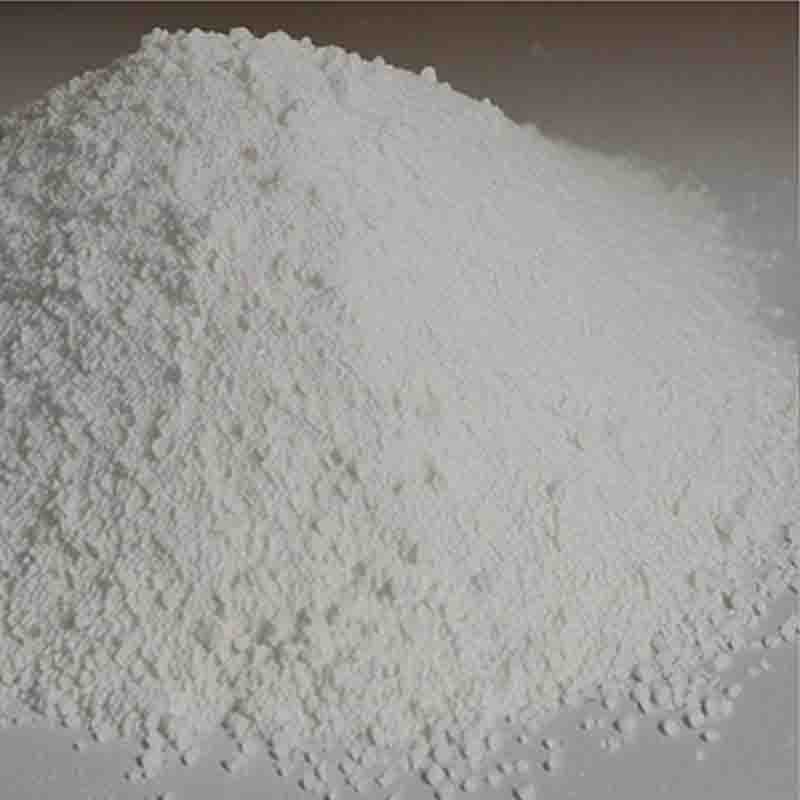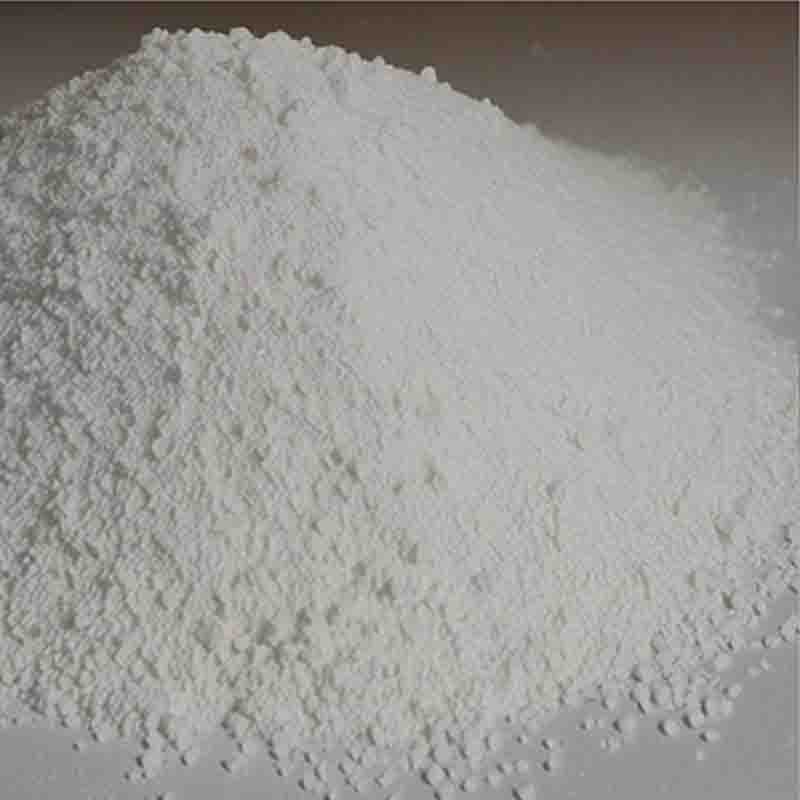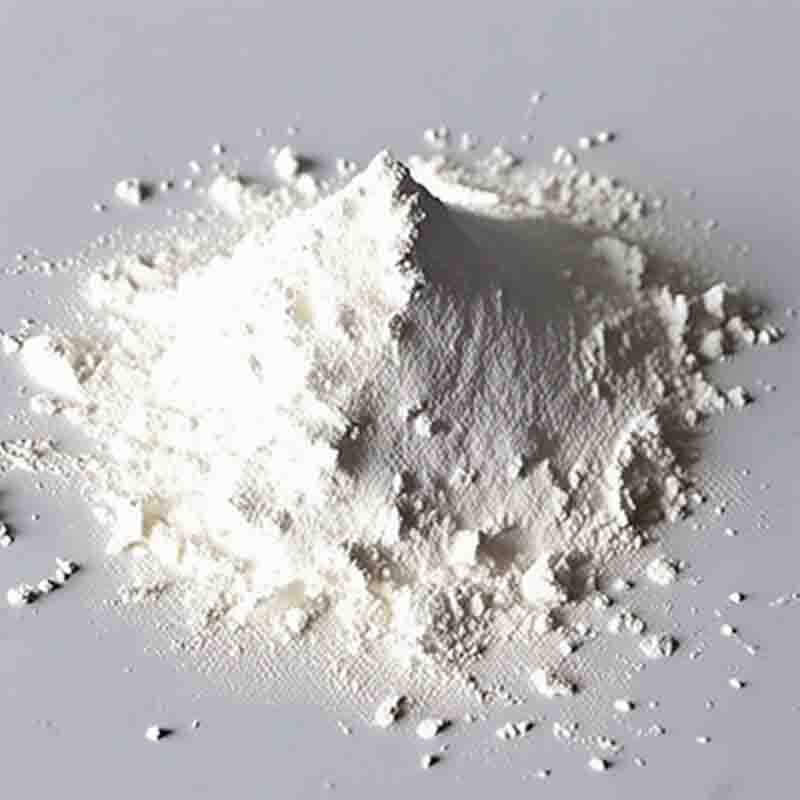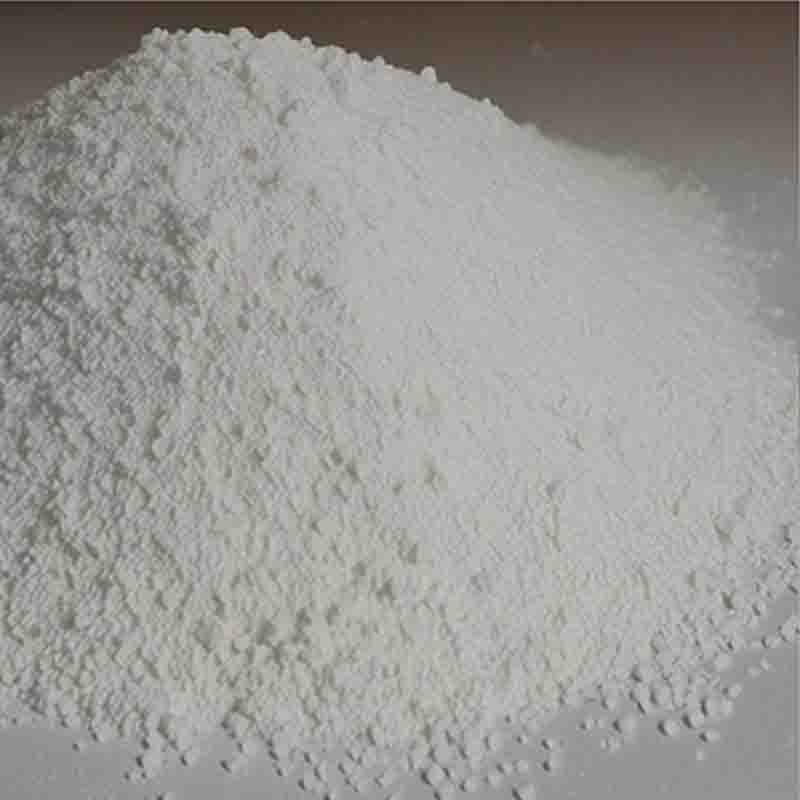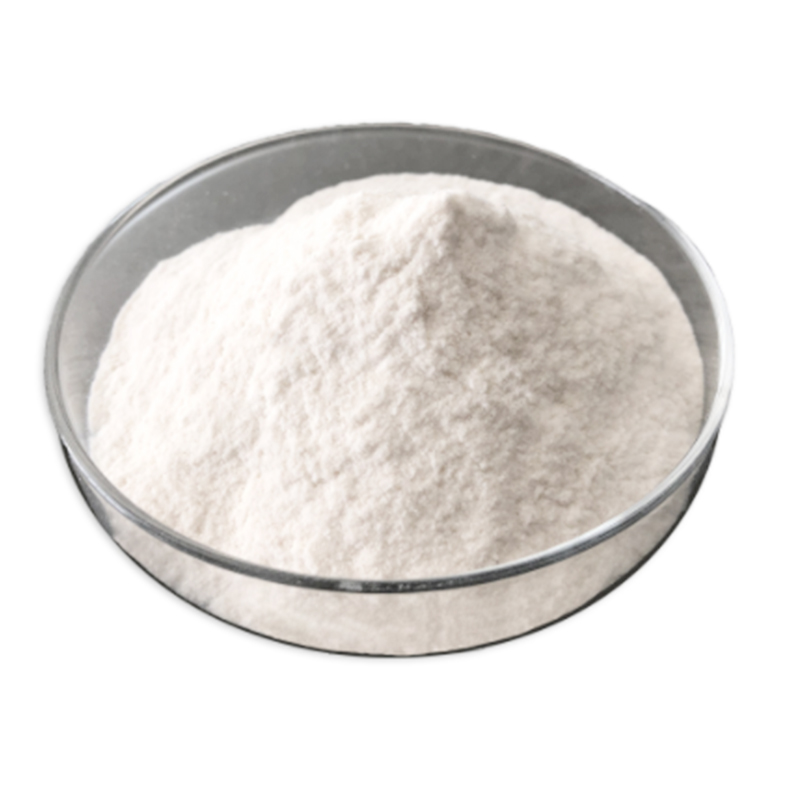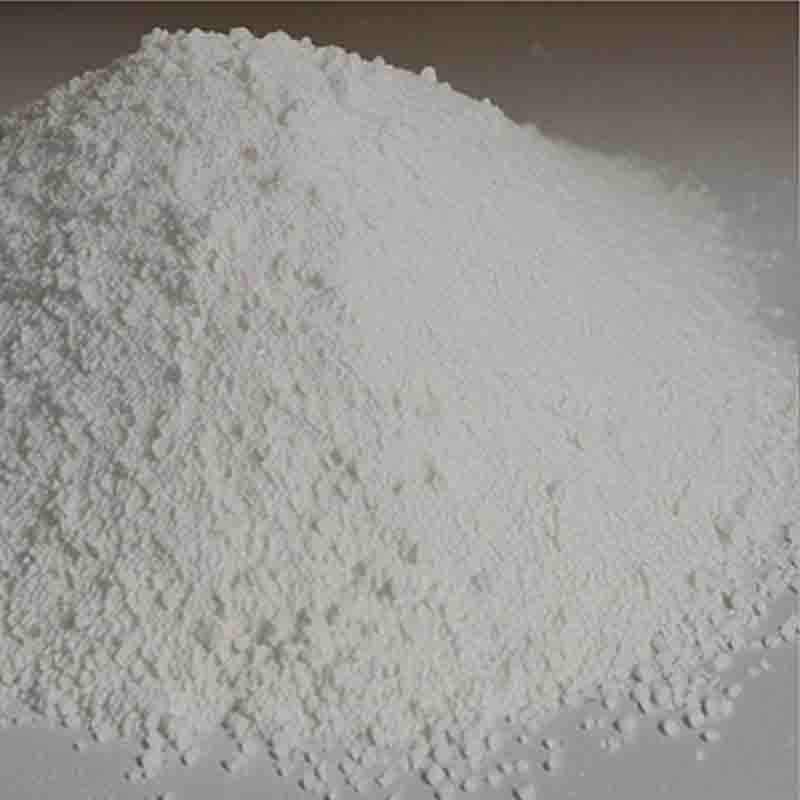3-CHLORO-4-METHOXYBENZYLAMINE HYDROCHLORIDE CAS: 41965-95-1
| Catalog Number | XD93667 |
| Product Name | 3-CHLORO-4-METHOXYBENZYLAMINE HYDROCHLORIDE |
| CAS | 41965-95-1 |
| Molecular Formula | C8H11Cl2NO |
| Molecular Weight | 208.09 |
| Storage Details | Ambient |
Product Specification
| Appearance | White powder |
| Assay | 99% min |
3-Chloro-4-methoxybenzylamine hydrochloride is a chemical compound with potential applications in various industries, predominantly in pharmaceutical research and development.One of the primary uses of 3-Chloro-4-methoxybenzylamine hydrochloride is as a building block or intermediate for the synthesis of pharmaceutical compounds. Its unique structure, characterized by a chloro-substituted benzene ring and an amino group, allows for various chemical modifications and derivatizations, making it a versatile tool for medicinal chemists. By utilizing 3-Chloro-4-methoxybenzylamine hydrochloride as a starting material, researchers can introduce additional functional groups, alter the substituents, or modify the aromatic ring, resulting in the synthesis of novel bioactive compounds. These derived compounds can then be evaluated for their therapeutic potential in medicinal chemistry programs.Furthermore, 3-Chloro-4-methoxybenzylamine hydrochloride can play a crucial role as a reagent in the field of organic and synthetic chemistry. Its amino group makes it a valuable intermediate for the production of various specialty chemicals and organic compounds. The amino group can serve as a nucleophile in chemical reactions, allowing for the formation of new bonds with other molecules. This reactivity opens up opportunities for the synthesis of complex organic compounds, including those with pharmaceutical, agrochemical, or industrial applications.Another potential use of 3-Chloro-4-methoxybenzylamine hydrochloride lies in its ability to act as a protecting group in organic synthesis. Protecting groups are temporary modifications that shield specific functional groups in a molecule from unwanted reactions during chemical transformations. By employing 3-Chloro-4-methoxybenzylamine hydrochloride as a protecting group, chemists can safeguard sensitive functional groups, ensuring that they remain untouched while other chemical modifications are carried out. The protecting group can subsequently be removed under controlled conditions, allowing for the restoration of the original functional group.It is important to note that when working with 3-Chloro-4-methoxybenzylamine hydrochloride or any chemical compound, proper handling and safety precautions should be followed. Adhering to safety guidelines, such as wearing appropriate protective equipment and practicing good laboratory practices, is crucial to minimize risks to personal safety and prevent unintended environmental consequences.In conclusion, 3-Chloro-4-methoxybenzylamine hydrochloride is a versatile compound with significant potential applications in pharmaceutical synthesis and organic chemistry. Its unique structure and reactivity make it a valuable building block for the development of bioactive compounds, as well as a reagent and protecting group in various chemical transformations. However, responsible handling and cautious use are essential to ensure the safe and effective utilization of 3-Chloro-4-methoxybenzylamine hydrochloride in its various applications.


